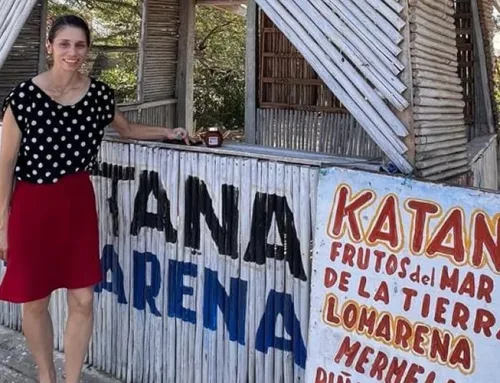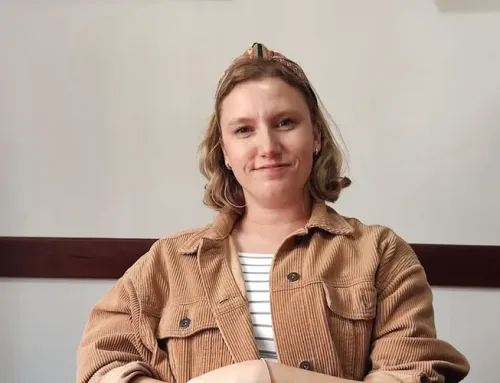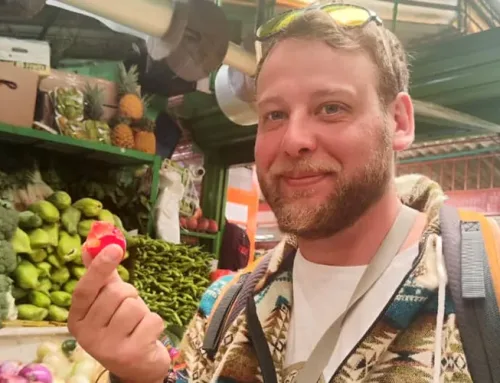Frequency expressions allow actions to be placed in a specific time frame, providing detailed context about when events occurred. In this way, it is specified when or with what regularity an action has occurred. Let us remember that we use this form of the past to talk about past experiences that are related to the current moment of enunciation, that is, to the present.
Here are some of the expressions we use in our Spanish classes:
- This week: I have cleaned my room three times this week.
- This month: We have visited our grandparents twice this month.
- Today: I read an interesting book today.
- This year: There have been many changes in the company this year.
- Never: I have never tried Thai food.
- Now: I've already finished studying for the exam.
- I have worked abroad several times.
- On several occasions: He has been late to class on several occasions.
- I have eaten tray paisa many times in Colombia.
- I have only dived in Australia a couple of times.
Function and Use
These expressions are combined with the past perfect to delimit actions within a specific time or to indicate their repetition until the present moment. They allow you to communicate not only the action itself, but also its frequency and its relationship with the current time. For example, “I've been to the movies three times this week” indicates that the movie visits occurred specifically in the time frame of the current week, while “I've never visited that museum” establishes the absence of that experience in the speaker's life. until the present moment.
In this way, it is clearer for students to understand the use and its practical application in everyday conversations, because these expressions, as a tool, enrich the vocabulary and allow them to identify the correct verb form of the past. Often, students tend to confuse the uses of each verbal form, but with the difference in temporal expressions it is more useful to recognize the correct use.
Conclusions
Frequency expressions add a precise temporal nuance to the past perfect in Spanish. They allow past actions to be described within a specific time frame, providing clarity about the frequency with which they occurred. The past perfect composed in Spanish not only allows us to narrate past actions, but also establishes a connection between the past and the present, providing relevance and meaning to those actions in the current context. This verb form enriches the expression and understanding of time, providing a powerful linguistic tool to convey more contextual experiences and events.
the spanish school Nueva Lengua It is located in Bogotá, Cartagena, Medellín and Ibagué. Check the activities and plans Tourist what we have for you, or write to us on any of our social networks (@nuevalengua) for more information about our Spanish courses and cultural immersion in Colombia.
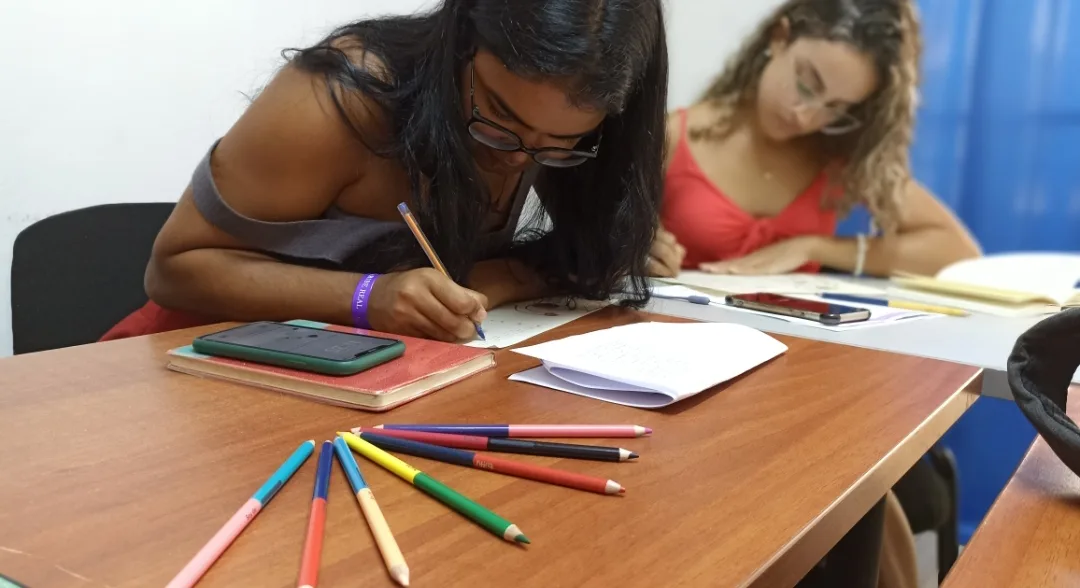
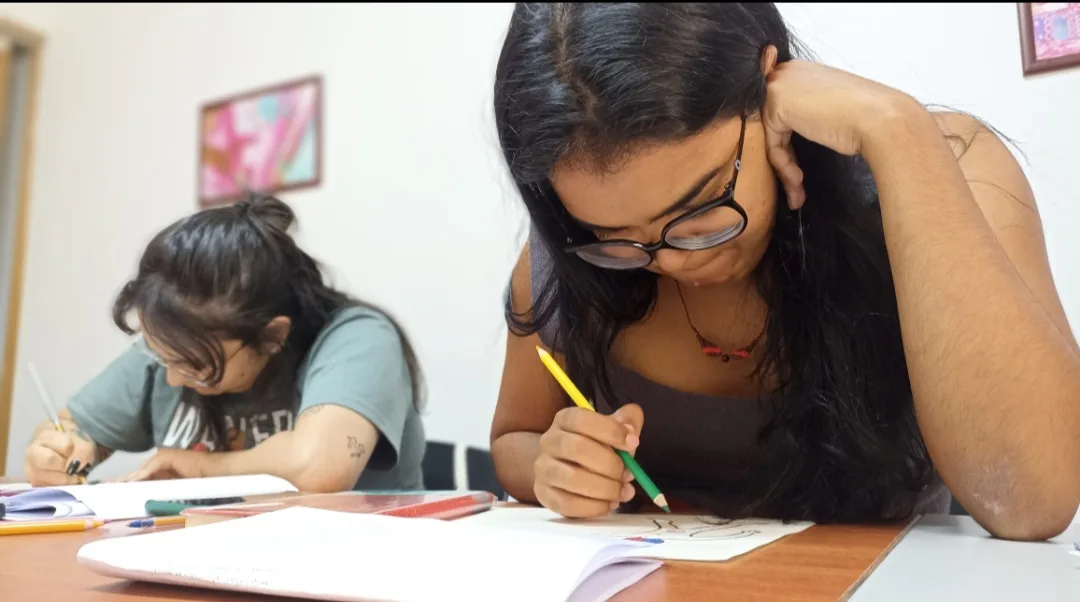
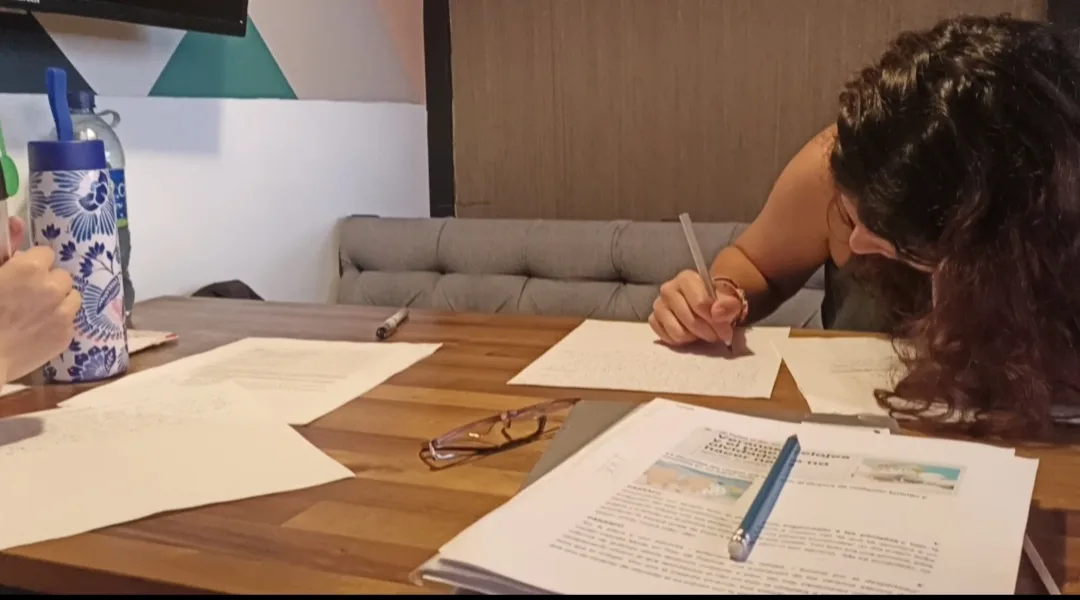
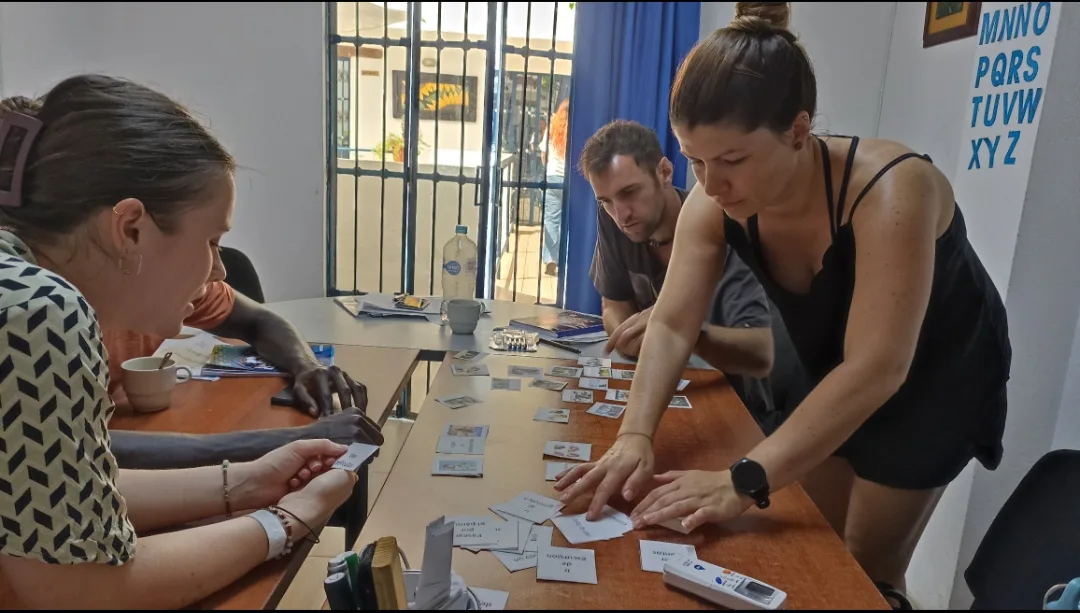
All the articles in this blog have been written by the teachers of our school and by students from different countries who traveled to Colombia to learn Spanish.
“You travel too and study Spanish in NUEVA LENGUA"
Follow us on our social networks:
RELATED VIDEOS
MEDELLÍN - GUADUAS


